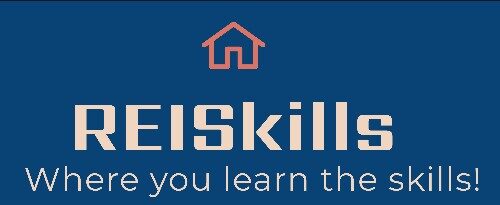Audio
Intro
“Buying Real Estate Without Cash or Credit” by Peter Conti and David Finkel is a self-help book teaching readers how to invest in real estate without significant upfront capital or credit.
The book uses a workshop format, following the experiences of several new investors.
It provides practical strategies, including finding motivated sellers, structuring deals using creative financing, and negotiating win-win scenarios.
Testimonials from previous students highlight the book’s effectiveness and the authors’ mentorship program.
The book is part of a larger series focused on building passive income through real estate investment.


